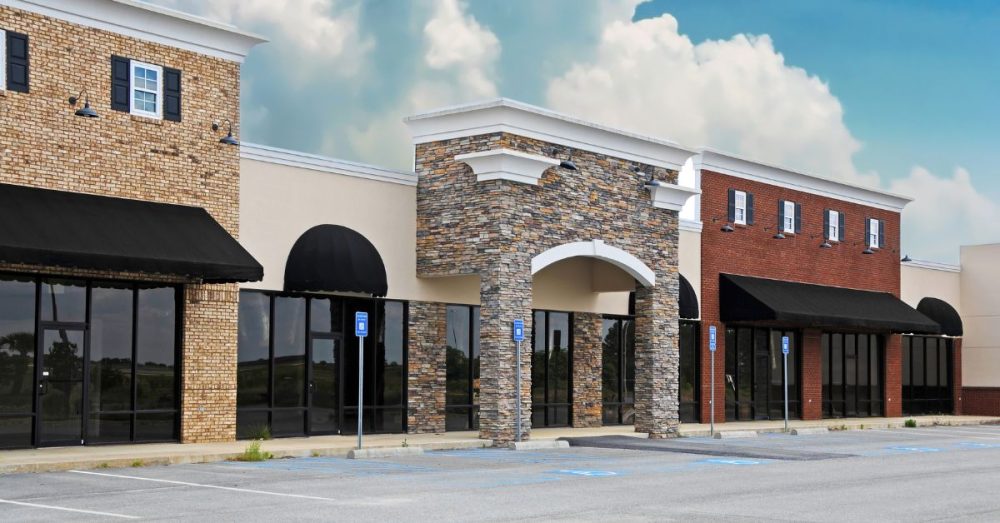In a surprising twist for the commercial real estate market, neighborhood strip malls are experiencing a resurgence in popularity.
After years of declining value, the once-dismissed strip mall has transformed into a sought-after investment opportunity. According to recent reports, the combination of increased in-person shopping and a limited supply of these retail spaces has made them more valuable than ever, according to Business Insider.
What once seemed like an outdated concept is now being hailed by investors as a critical part of the modern retail landscape. The so-called “retail renaissance” is pushing these smaller, accessible centers back into the spotlight.
The decline of strip malls began with the dominance of big-box stores and the rapid rise of e-commerce, which led many retailers to shift away from physical storefronts. Instead, businesses focused on large fulfillment warehouses to handle online orders, leaving many neighborhood shopping centers to languish.
The COVID-19 pandemic further accelerated the trend, as consumers increasingly turned to online shopping, while many physical stores struggled to remain viable. However, a shift in consumer behavior, particularly toward supporting local businesses and enjoying the convenience of nearby stores, has reignited interest in these traditional retail spaces.
The changing dynamics of the commercial real estate market have led to a surprising shortage of neighborhood strip malls. As more shoppers return to physical stores, the demand for easily accessible retail locations has skyrocketed. Investors are now finding themselves facing a shortage of available properties, which has driven up prices.
This increased demand is putting new value on older retail spaces that once seemed past their prime, creating a unique opportunity for those who can see the potential in these smaller commercial properties.
Prominent investors like Blackstone are capitalizing on this growing trend. In November, Blackstone made a bold move by acquiring Retail Opportunity Investments for $4 billion. This company owns around 90 shopping centers, most of which are anchored by grocery stores. Blackstone’s bet on strip malls is a clear sign that large investors believe in the resurgence of this retail model.
Jon Gray, President of Blackstone, expressed optimism about the opportunity, highlighting how these shopping centers meet the rising demand for convenience and localized shopping experiences, Business Insider reported.
One of the primary factors driving this resurgence is the shift in consumer behavior towards more personalized, localized shopping experiences. In a world where convenience is key, strip malls offer an easily accessible option for shoppers to visit multiple stores in a single trip.
With grocery stores often serving as anchors, these centers are increasingly seen as one-stop shops for a variety of essential services. In addition, the rise of small businesses and independent retailers has found a natural home in these neighborhood centers, further boosting their appeal.


